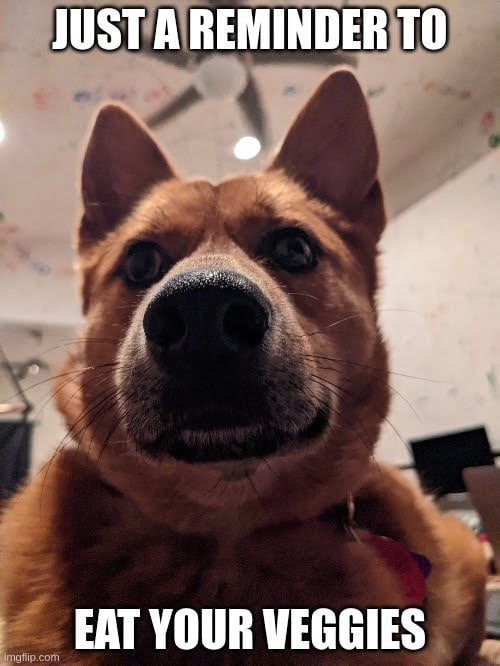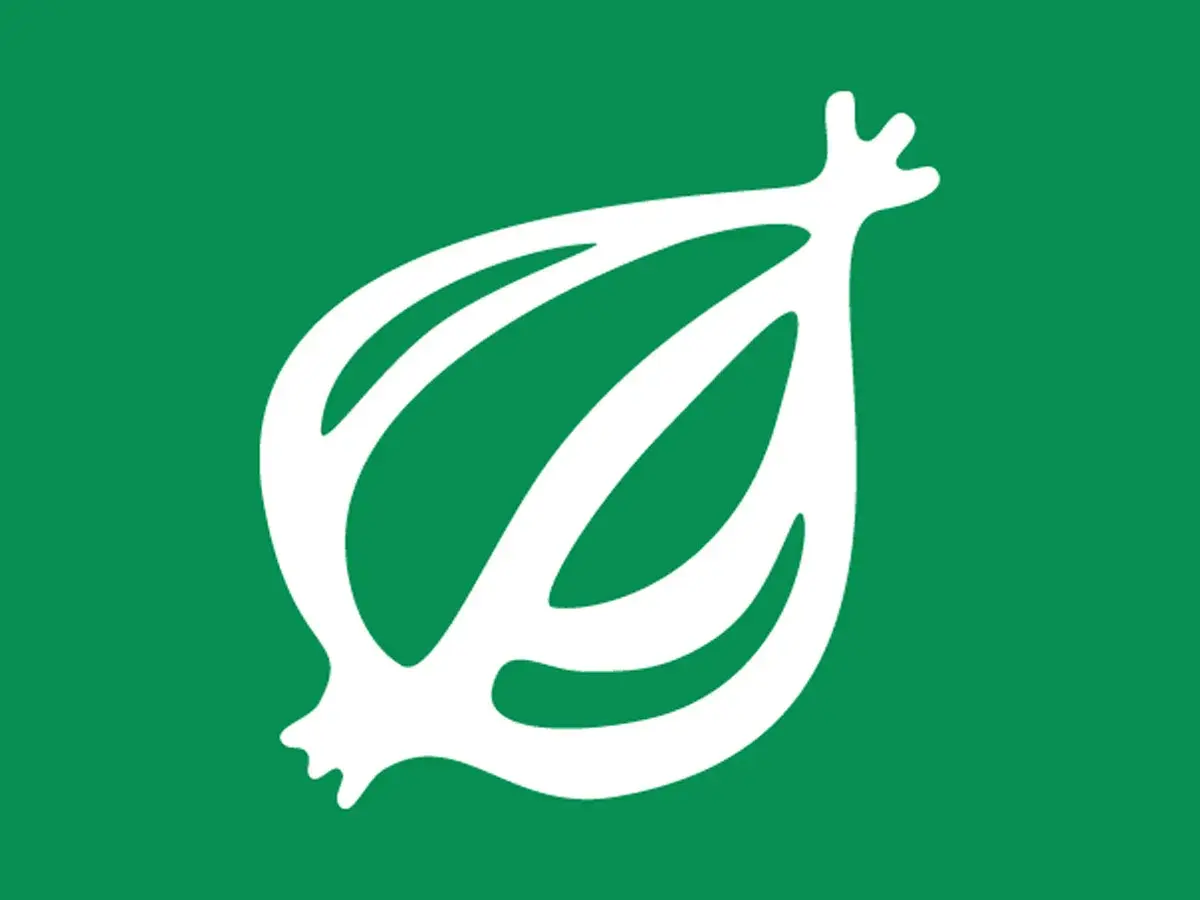Display and layout rules aren’t difficult at all. Maybe I’m just not experienced enough. I’ve been a web dev for nearly a decade now and I feel like I’ve got the hang of it. That being said, I don’t work on projects that have to work on everything from a Nokia to an ultra wide monitor. We shoot for a few common sizes and hope it clears between edge cases nicely. What is an example of something that wraps randomly?
Captain Janeway
- 2 Posts
- 79 Comments
Genuinely, though, CSS is fairly clear cut about the rules of positioning and space. Relative positioning is one of the most important concepts to master since it allows things to flow via the HTML structure and not extra CSS. Fixed positioning is as if you had no relative container other than the window itself. Absolute positioning is a little weird, but it’s just like fixed positioning except within the nearest parent with relative positioning.
Everything else is incredibly straight forward. Padding adds space within a container. Margins add space outside a container. Color changes text color. Background-color changes the background color of an element.
Top, left, right, and bottom dictate where the element should be positioned after the default rules are applied. So if you have a relative div inside a parent which is half way down the page, top/right/left/bottom would move the element relative to it’s position within the parent. If you made the div fixed, it would be moved relative to the window.
Lastly, if you’re designing a webpage just think in boxes or rows and columns. HTML can define 75% of the webpage structure. Then with just a bit of CSS you can organize the content into rows/columns. That’s pretty much it. Most web pages boil down to simple boxes within boxes. It just requires reading and understanding but most people don’t want to do that to use CSS since it feels like it should just “know”.
As someone who has built QT, Swing, and JavaFx applications, I way prefer the separation of concerns that is afforded us via HTML JS and CSS.

 0·1 month ago
0·1 month agoNah it’s literally a waste of physical resources. Crypto currency is a waste of fossil fuels. AI has its functions at least.

 2·2 months ago
2·2 months agoI was talking about meat replacements but I put tofu in that category as well because I don’t have a lot of experience with tofu outside of “we have this instead of meat”.
Vegan food is cheaper in America, for sure. Beans, veg (some) and rice are cheap. However fruit is expensive.
But the alternatives to meat are not cheap: tofu is like $5/lb compared to chicken which can be as low as $2.99/lb. Steak is expensive in America, but it can be close to the cost of tofu. It’s definitely cheaper than the steak-alternatives like beyond meat.
While you might find meat replacements to be unnecessary, most Americans (myself included) struggle. 90% of the meals I used to eat were some variation of: protein (meat/chicken/fish), plus a veggie, plus a carb (rice/bread). That was the basic dinner. It has a nice ratio of protein to carb. It was tasty (to me at least) and the cost wasn’t too bad.
I’m guessing I’m not alone, culturally. It’s not like you can fry up two slabs of tofu and just call it a day. Tofu is just different. It doesn’t cook the same and it doesn’t taste the same. I cook tofu at least once a week, but I treat it very differently.
It’s just not easy for Americans to justify going vegan. It’s culturally very different and - if you want to stay within the culture - it’s expensive.
But that’s why I always advocate for meat reduction, not replacement. Eat more vegetables. Try other dinners. Etc. But most Americans are remiss to be told what to do.

 51·2 months ago
51·2 months agoThere in lies the rub, though. Most vegans are vegan for a moral reason that they believe applies to you:
- Animals deserve life / don’t deserve livestock conditions
- “Growing” meat is speeding up global warming compared to growing crop
There are more fringe reasons for veganism such as: diet, health, etc. But those aren’t relevant to the point I’m making.
“Live and let live” doesn’t apply to situations where we’re talking about global warming or the abuse of animals. Most vegans are trying to educate others and - yeah - they probably vote for things that would result in more expensive meat or less meat being available in your local markets. I believe most vegans are hoping their efforts will slow global warming and provide better living conditions for livestock.
I’m not trying to sit on a moral podium here and judge. I eat meat too. I’m not vegan. Though I’ve tried to reduce how much meat I eat in yet another small, feckless, civilian effort to slow global warming. All I’m saying is: I sympathize with people who want to improve the world and I understand why they spend time and effort talking about being vegan.
But meat in america is cheaper than the vegan stuff and definitely tastier. So it’s hard for us to meaningfully change.

 2·2 months ago
2·2 months agoWhat about ketosis? Are ketones a legit way to remove fat?

 1·2 months ago
1·2 months agoJust a reminder that during the pandemic these companies were given money to stay afloat and they immediately laid off the staff and have - apparently - neglected all meaningful maintenance.
In some places, parking lots are monitored by security and you’ll be kicked out if you’re sleeping in your car in the parking lot.
#moustache { position: absolute; bottom: 10px; margin: 0 auto; }If that doesn’t work:
#moustache { position: absolute; bottom: 10px; left: 50%; transform: translateX(-50%); }Relative positioning is preferred but not always available if the parent face is positioned absolutely.
Edit: adjusted bottom from 0 -> 10px since 0 would be at the bottom of the chin but there is obviously some padding to bring it nearer the lip

 1·3 months ago
1·3 months agoI think he’s just got a horrible golf swing.

 1·5 months ago
1·5 months agoSoftware engineering is just what any “engineering” field would be if they didn’t have standards. We have some geniuses and we have some idiots.
Mechanical engineers, civil engineers, electrical engineers, etc. are often forced to adhere to some sort of standard. It means something to say “I’m a civil engineer” (in most developed nations). You are genuinely liable in some instances for your work. You have to adhere to codes and policies and formats.
Software engineering is the wild west right now. No rules. No standards. And in most industries we may never need a standard because software rarely kills.
However, software is becoming increasingly important in our daily lives. There will likely come a day wherein similar standards take precedence and the name “software engineer” is only allowed to those who adhere to those standards and have the proper certs/licenses. I believe Canada already does this.
Software engineers would be responsible for critical software, e.g: ensuring phones connecting to an emergency operator don’t fail, building pacemakers, securing medical records, etc. I know some of these tasks already have “experts” behind them. But I don’t think software has any licensing/governing.
Directly opposed to “engineering” would be the grunt work which I do.

 1·6 months ago
1·6 months agoWho’s the Boss?

 21·6 months ago
21·6 months agoSomeone has worked for the DoD…
TL;DR it worked but was often considered a poor, synthetic, replacement for the real world scents. Some people liked it, but most seemed to dislike it.
deleted by creator

 7·6 months ago
7·6 months ago“If you’ve managed to quit alcohol - your greatest weakness - perhaps you’ve already found your greatest strength.”
- Gandalf the Grey





I hope so. I don’t want to manage two different address spaces in my head. I prefer if one standard is just the standard.